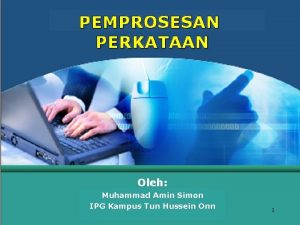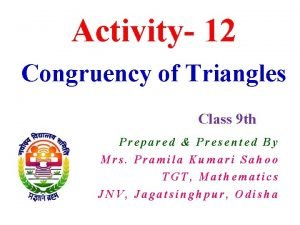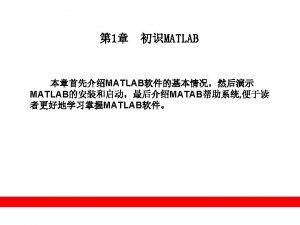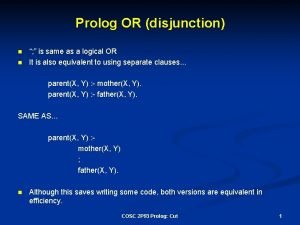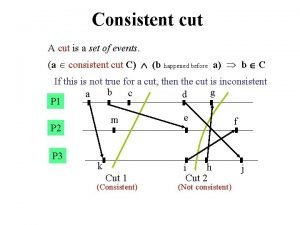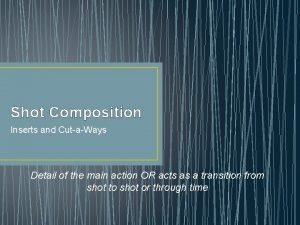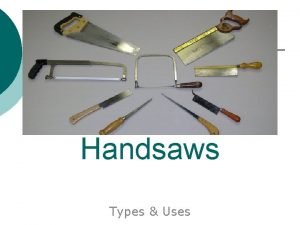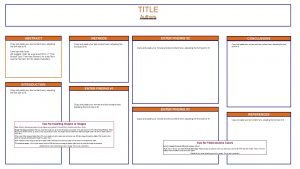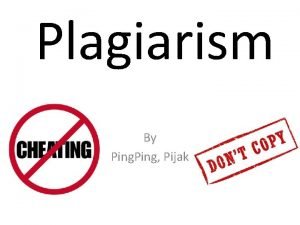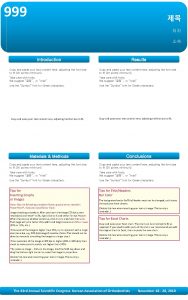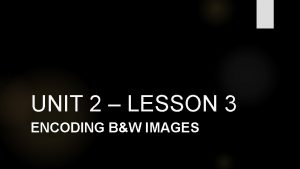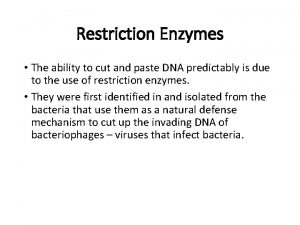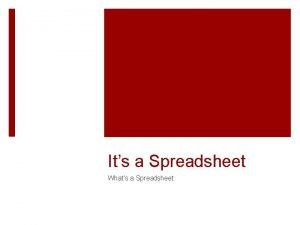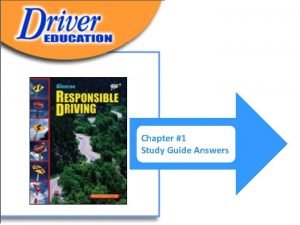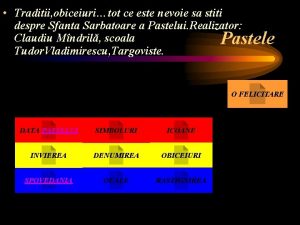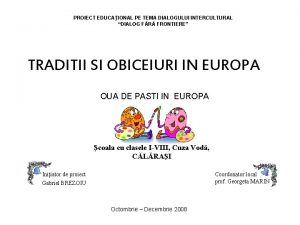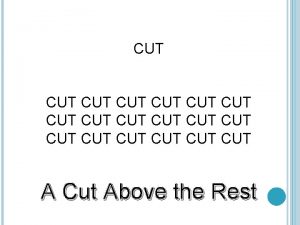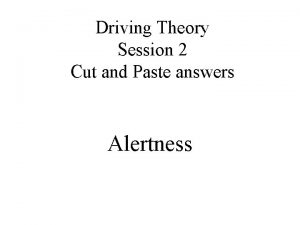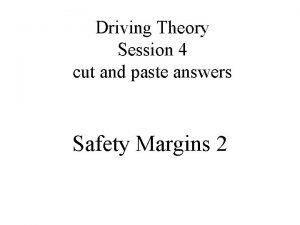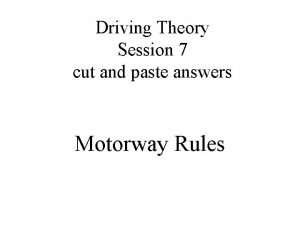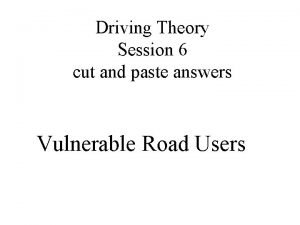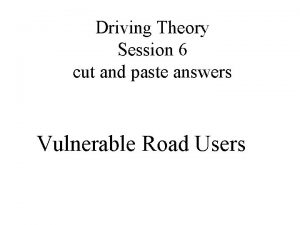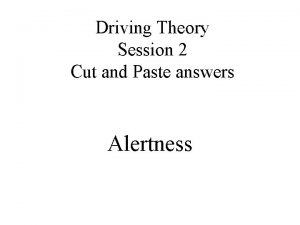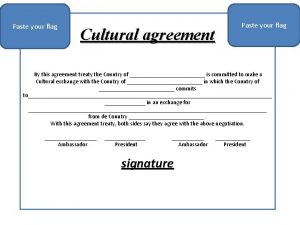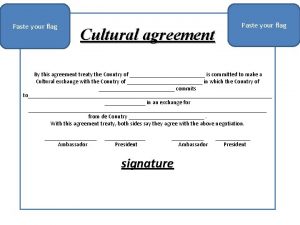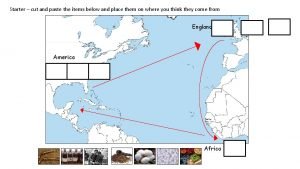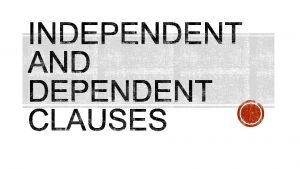Driving Theory Session 3 cut and paste answers





















- Slides: 21

Driving Theory Session 3 cut and paste answers Safety Margins

1 Freezing conditions will affect the distance it takes you to come to a stop. You should expect stopping distances to increase by up to D) ten times

2 In very hot weather the road surface can get soft. Which TWO of the following will be affected most? B) The grip of the tyres C) The braking

3 Where are you most likely to be affected by a sidewind? B) On an open stretch of road

4 When approaching a right-hand bend you should keep well to the left. Why is this? A) To improve your view of the road

5 You are driving a vehicle fitted with anti-lock brakes. You need to stop in an emergency. You should apply the footbrake D) rapidly and firmly

6 Anti-lock brakes reduce the chances of a skid occurring particularly when C) braking in an emergency

7 Your vehicle has anti-lock brakes, but they may not always prevent skidding. This is most likely to happen when driving B) on surface water C) on loose road surfaces

8 Anti-lock brakes prevent wheels from locking. This means the tyres are less likely to B) skid

9 Anti-lock brakes are most effective when you C) brake rapidly and firmly until you have slowed down

10 Vehicles fitted with anti-lock brakes B) can be steered while you are braking

11 Anti-lock brakes may not work as effectively if the road surface is B) loose C) wet

12 Anti-lock brakes are of most use when you are C) braking excessively

13 When driving in fog, which of the following are correct? A) Use dipped headlights C) Allow more time for your journey E) Slow down

14 You are on a fast, open road in good conditions. For safety, the distance between you and the vehicle in front should be A) a two-second time gap

15 What is the most common cause of skidding? B) Driver error

16 You are driving in heavy rain. Your steering suddenly becomes very light. You should D) ease off the accelerator

17 You are driving on an icy road. How can you avoid wheelspin A) Drive at a slow speed in as high a gear as possible

18 You are trying to move off on snow. You should use B) the highest gear you can

19 When driving in falling snow you should D) brake gently in plenty of time

20 Coasting the vehicle C) reduces the driver’s control
 Perbezaan arahan copy and paste dan cut and paste
Perbezaan arahan copy and paste dan cut and paste Criteria for congruence of triangles class 9
Criteria for congruence of triangles class 9 Cut copy paste undo redo
Cut copy paste undo redo Disjunction in prolog
Disjunction in prolog What is consistent cut
What is consistent cut Cutaway shot examples
Cutaway shot examples Cross cut vs rip saw
Cross cut vs rip saw Title copy and paste
Title copy and paste Ghost ping copy and paste
Ghost ping copy and paste How to copy and paste
How to copy and paste 999 copy and paste
999 copy and paste Copy and paste
Copy and paste Encoding b&w images copy and paste
Encoding b&w images copy and paste Copy and paste
Copy and paste Tim craddock
Tim craddock Copy and paste
Copy and paste Whats a spreadsheet
Whats a spreadsheet Jesus copy paste
Jesus copy paste Poe webquest
Poe webquest 1driving.com answers
1driving.com answers Se tamaie in ziua de paste
Se tamaie in ziua de paste Slidetodoc. com
Slidetodoc. com
